What you need to know about insuring the fine art in your home
Protecting your fine art requires a certain expertise, advises insurance expert Guy Everington of specialist fine-art insurance brokers Castleacre.
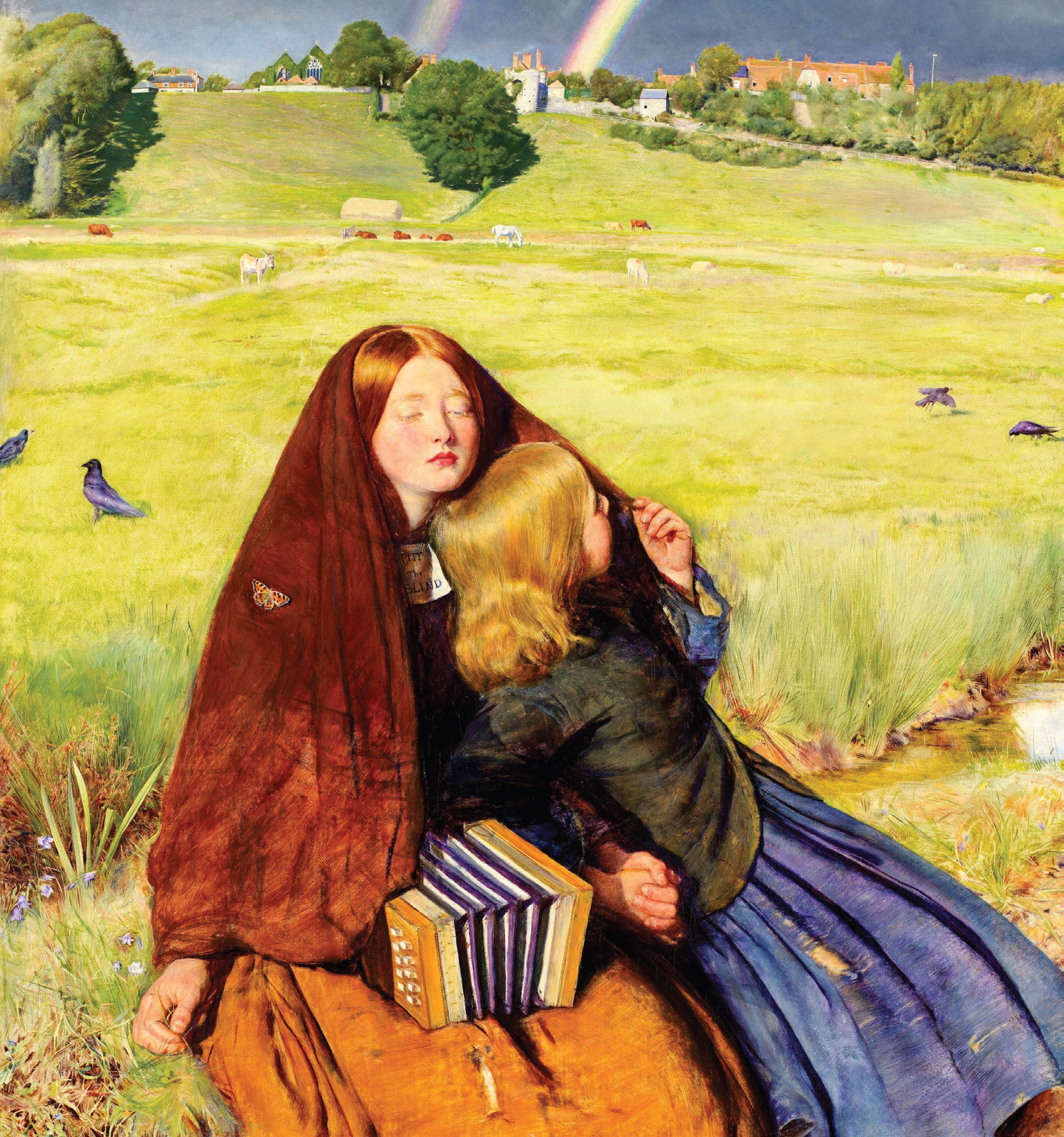
Should we think differently about protecting fine art?
In our experience, collectors rarely just view their collection from an investment perspective and usually have a strong attachment to individual works of art, whether bought, inherited or commissioned — this is a central consideration for us as fine-art insurance brokers. We don’t just review the market to find the right insurance for our client, we look at how we can help prevent distressing claims.
What is the advantage of specialist fine-art insurance?
If you make a claim, your insurance should return you to the same position you were in before the event occurred; this might be replacement, repair/restoration or monetary compensation. Fine art poses unique risks that standard insurance does not address:
- Will you be able to make a full claim for the loss in value of a pair of vases, if only one is damaged?
- If the value of a painting suddenly increases because the artist has died, will your cover automatically increase?
- Will your work of art be insured in transit if you take it abroad or loan it to an exhibition?
- What happens if you have bought a picture in good faith, but a third party later claims title to it (known as defective title)?
Fine-art policies will protect against these risks.
How should you view changes in art value when you are protecting your collection?
Understanding fluctuations in market value has an important influence on the claim outcome. An insurer will base any compensation on the most recent valuations their client has provided, unless values have been pre-agreed — this is one of the reasons it’s important to ensure a collection is regularly reviewed by a professional valuer.
We often advise on the advantages and disadvantages of cover based on the changing market value (low or high auction estimate, retail value) or set pre-agreed values, but it will depend on personal preference. All insurers will differentiate between higher value pieces that require individual valuations and descriptions (known as specified works of art) and lower value art grouped together as unspecified. In the case of a fine-art policy, the specified item limit is at a much higher level, so a piece valued at £50,000 or less may not require an individual description or valuation.
How can you help reduce the risk of loss or damage to fine art?
Fine-art insurance protects against loss, damage or theft, but insurers will ask that certain security measures are in place. We help our clients review security and can advise on alarms, movement sensors, window and door locks and positioning of smoke detectors. If a collection or individual piece is of national or international significance, we suggest it is added to the Art Loss Register’s positive database — this is an internationally recognised record and a deterrent to potential thieves.
What helps recovery following a fine-art claim?
Planning ahead for worst-case scenarios can be hugely helpful and we often work with clients and insurers to develop a disaster recovery plan, which ensures everyone knows how to respond and who to contact in the crucial early stages. Swift emergency removal, specialist storage of fine art and access to restoration specialists are often vital in protecting against further damage or loss. Fine-art insurers offer invaluable experience and provide access to the right expertise when it matters most.
Visit www.castleacreinsurance.com or telephone 01787 211155
Exquisite houses, the beauty of Nature, and how to get the most from your life, straight to your inbox.
-
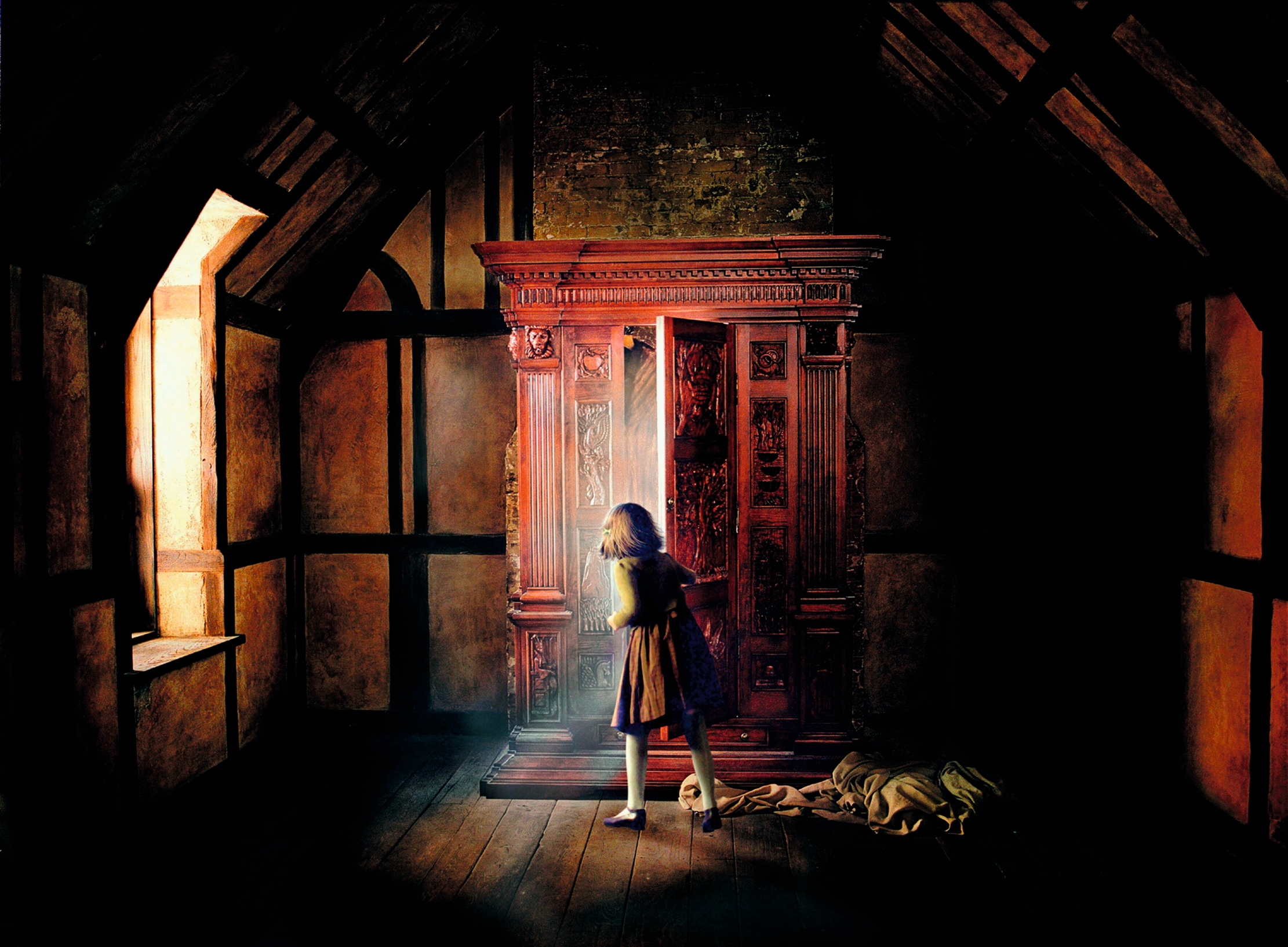 'Real children like it… I think it frightens some adults, but very few children': 75 years of The Chronicles of Narnia
'Real children like it… I think it frightens some adults, but very few children': 75 years of The Chronicles of NarniaAs C. S. Lewis’s enchanting children’s classic 'The Lion, the Witch and the Wardrobe' turns 75, Matthew Dennison pulls back the coats to explore its evergreen spell.
-
 Mystifying Christmas presents suggestions that once appeared in the pages of Country Life
Mystifying Christmas presents suggestions that once appeared in the pages of Country LifeEvery Monday, Melanie Bryan, delves into the hidden depths of Country Life's extraordinary archive to bring you a long-forgotten story, photograph or advert.
-
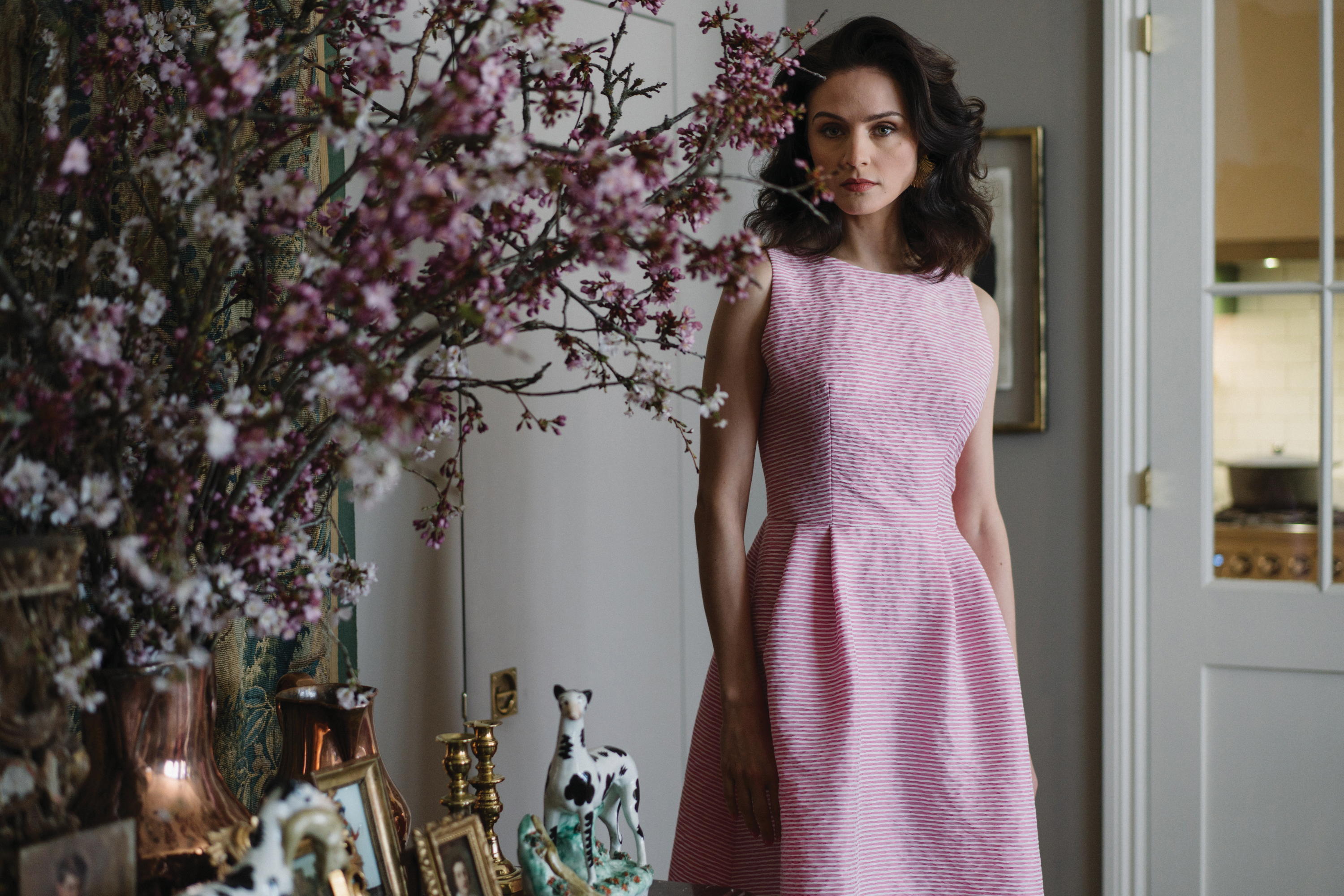 Couture’s best-kept secret
Couture’s best-kept secretBased in the heart of London’s Belgravia, Stewart Parvin’s timeless womenswear guarantees the wearer will make an impression, whatever the social occasion.
-
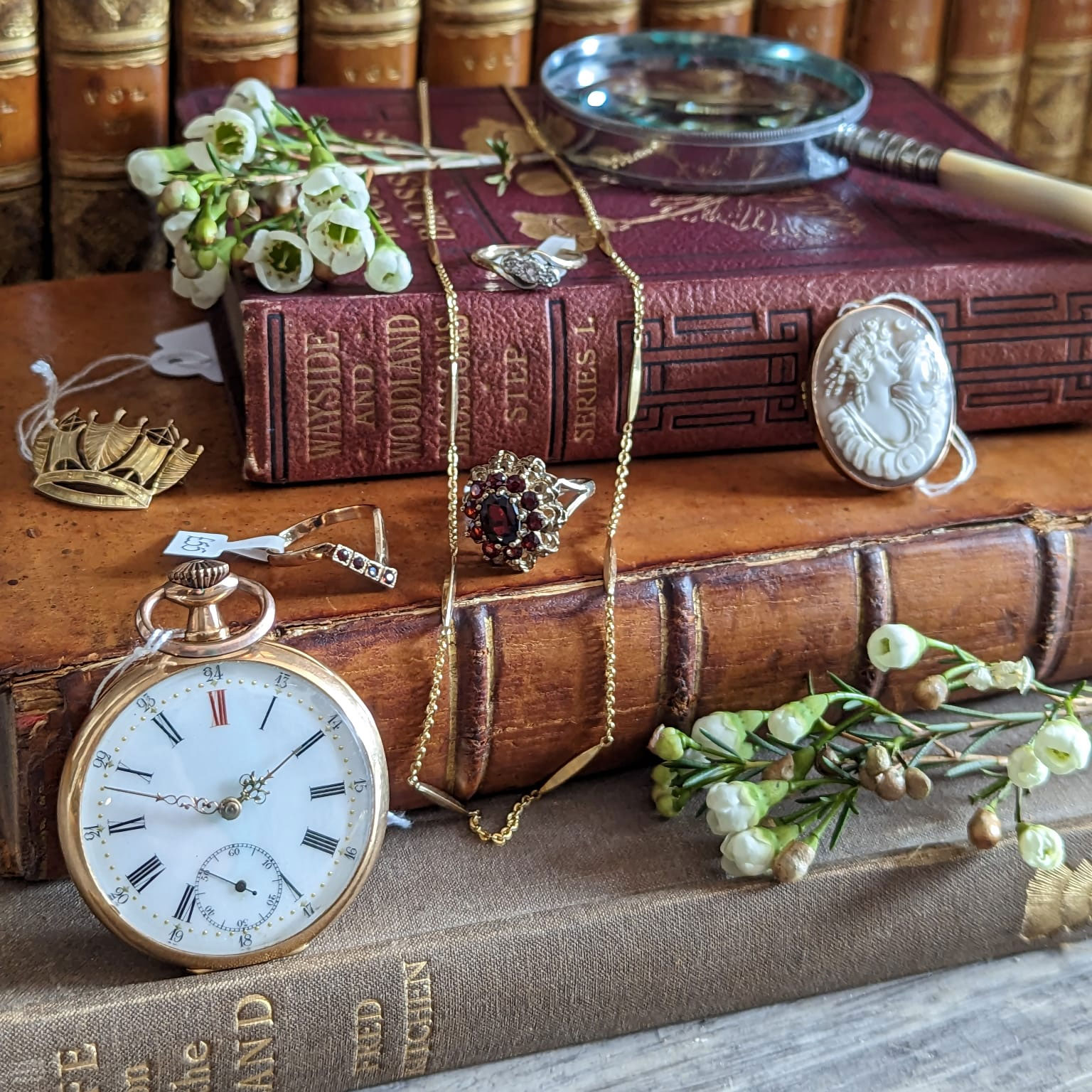 Sell your valuables with ease with The Antique Buying Collective
Sell your valuables with ease with The Antique Buying CollectiveThe Antique Buying Collective treats gold and silver as heirlooms, not scrap. From Victorian brooches to Georgian silverware, each piece is appraised for its history, craftsmanship .and charm, then thoughtfully rehomed through a trusted network. It’s a respectful approach, giving fine antiques the second life they so richly deserve
-
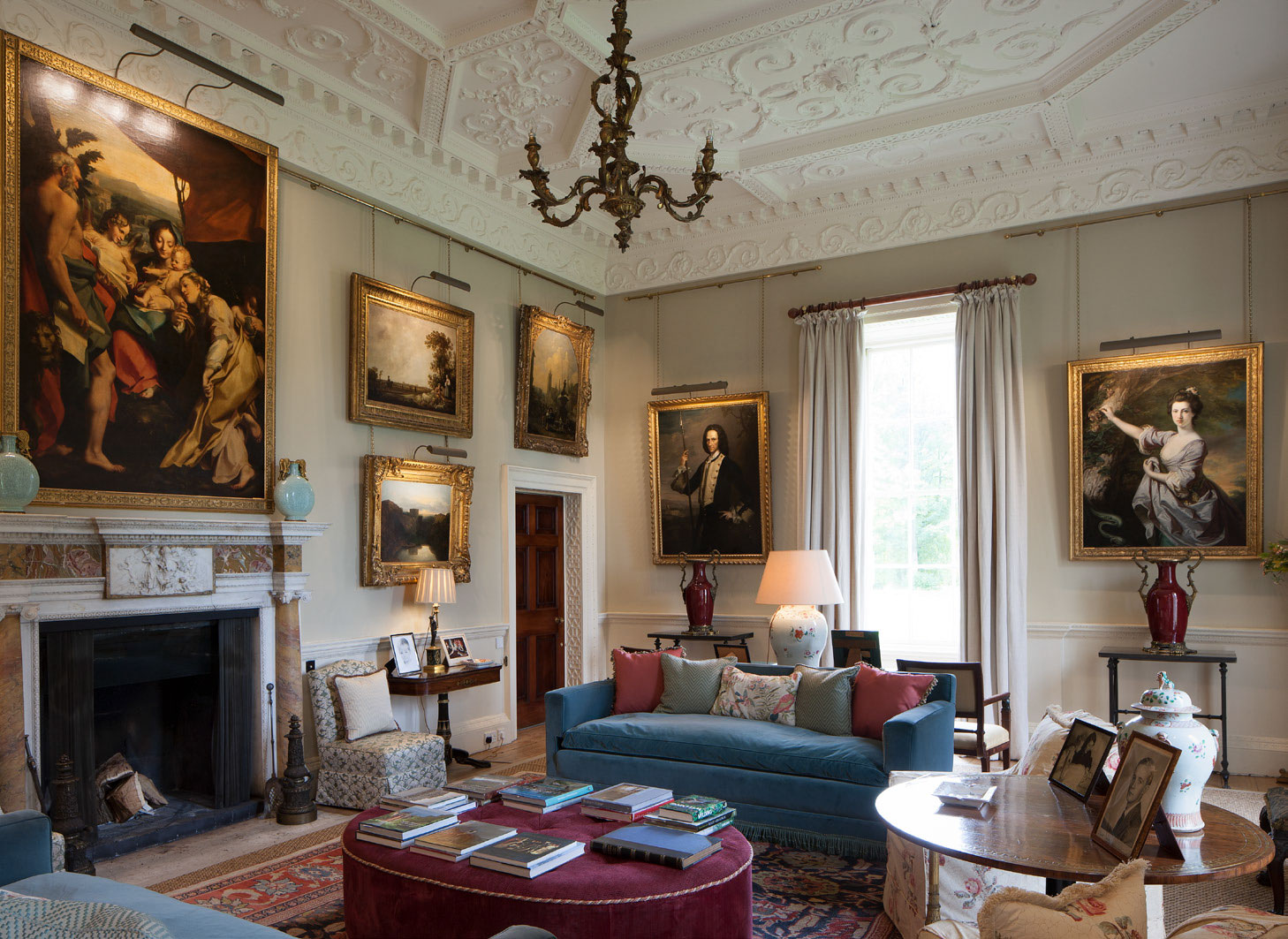 Fine Art Lighting: Making light work
Fine Art Lighting: Making light workBeautifully lit paintings and prints that have been expertly positioned and displayed will transform any interior, says the Hon Patrick Howard, founder of Fine Art Lighting.
-
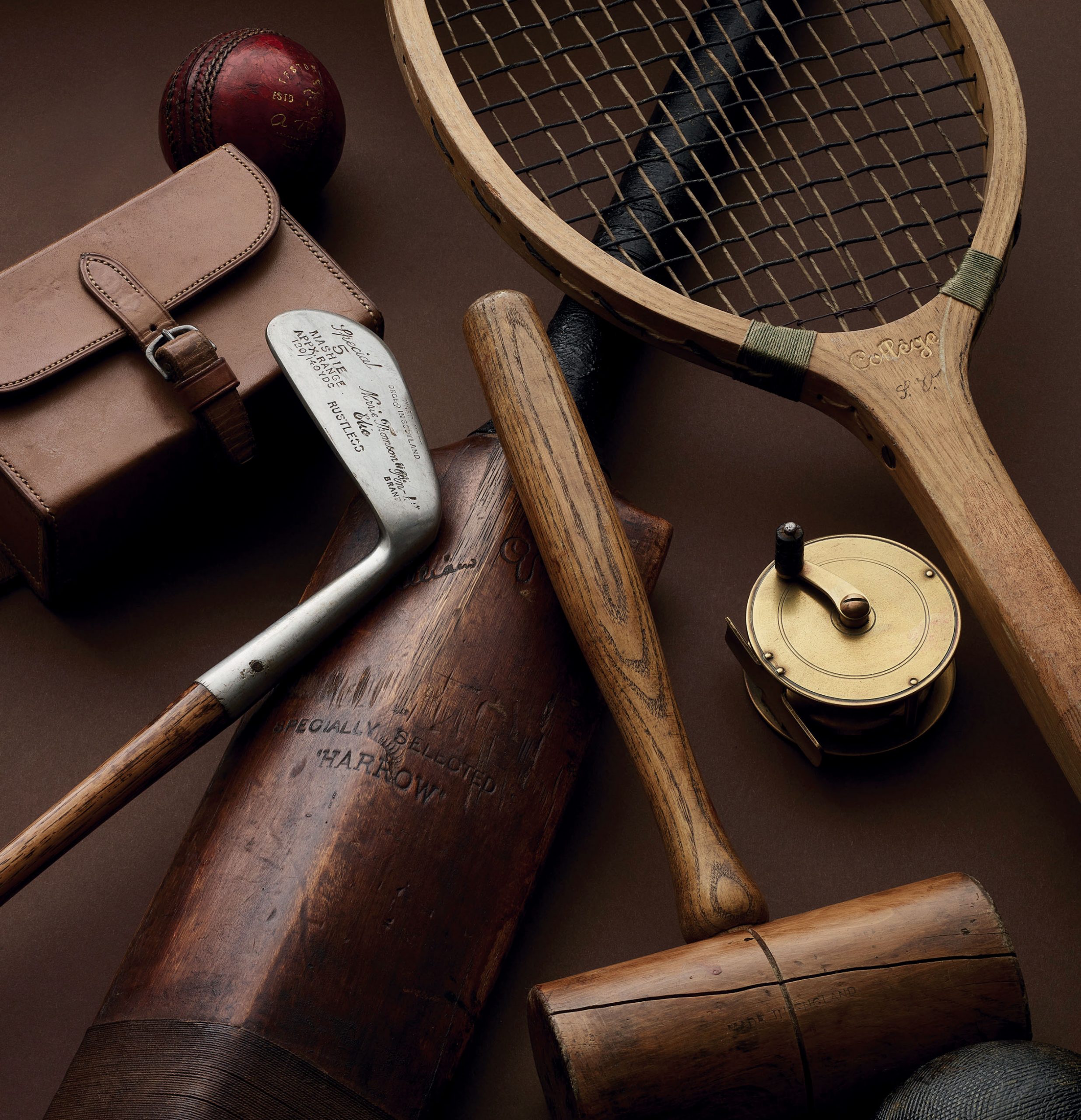 Not just jewellery — future heirlooms to be treasured for generations to come
Not just jewellery — future heirlooms to be treasured for generations to comeIt’ll be game, set and match to the lucky owners of these classic pieces of fine jewellery. The heirlooms of the future, they are to be treasured now and for generations to come.
-
 Three of Britain's finest sculpture parks, where you can enjoy the art — and then take it home with you
Three of Britain's finest sculpture parks, where you can enjoy the art — and then take it home with youWe take a look at three of Britain's most successful sculpture parks.
-
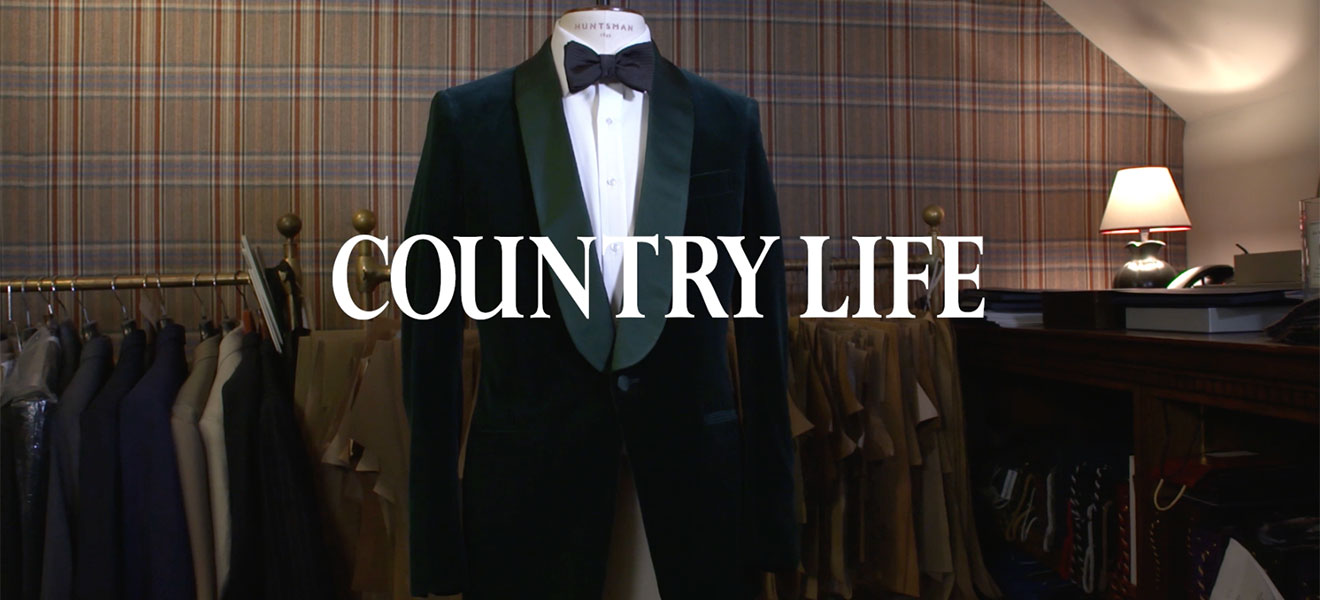 How to choose a perfect gentleman's smoking jacket
How to choose a perfect gentleman's smoking jacketCampbell Carey, co-head cutter at Huntsman Savile Row, offers us his tips on what you need in a smoking jacket – not least the hidden pocket for your cigars.

